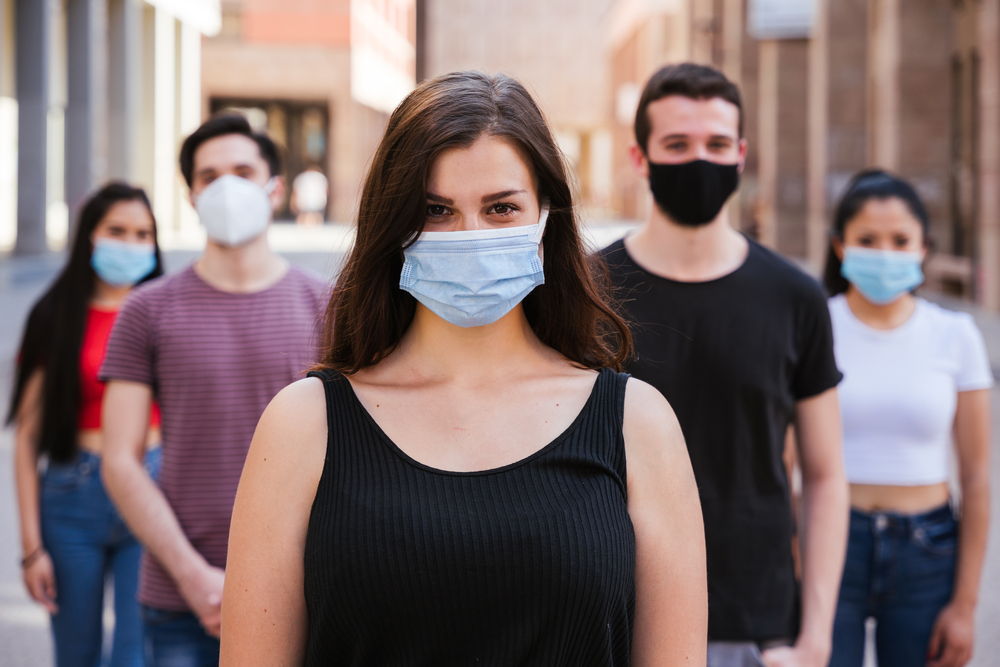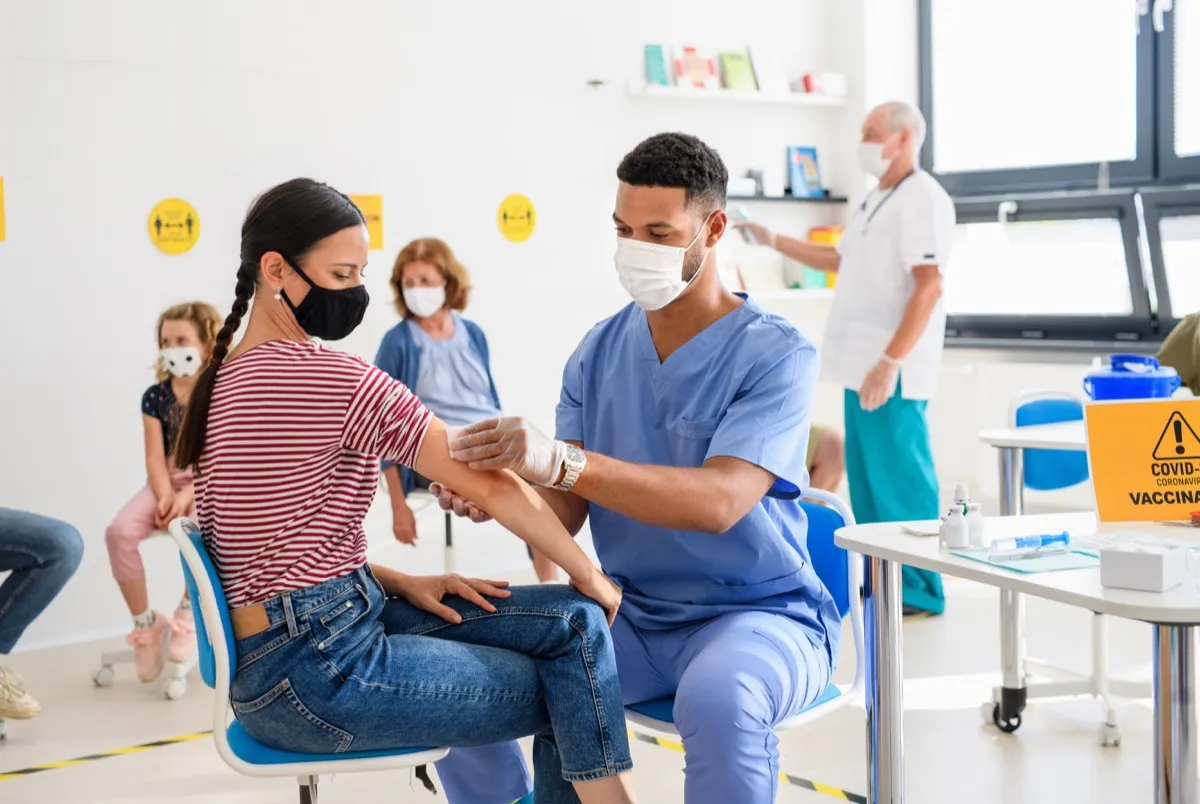During an appearance on CBS’s Face the Nation, Scott Gottlieb, MD, former Food and Drug Administration (FDA) commissioner, was asked whether it would be possible for the U.S. to ever achieve full herd immunity without vaccinating children since they make up a quarter of the population. “No, you can’t. But I don’t really think we’re ever going to reach true herd immunity,” he predicted. “This isn’t going to be like measles or smallpox where it just sort of goes away. COVID is going to continue to circulate at a low level.” Gottlieb warned that the emergence of new highly contagious variants of the virus has changed the course of the pandemic, saying that boosters were already being developed to help make vaccines more effective against these new strains. “Hopefully we’ll continue to vaccinate the vulnerable population, so we’ll protect them from hospitalizations or severe illness and dying from this,” Gottlieb said. “But this is going to continue to spread.” And for more on when numbers could spike once more, check out This Is Exactly When We’ll See the Next COVID Surge, Experts Warn. Gottlieb isn’t the first expert to raise the possibility that herd immunity may be unlikely in the foreseeable future. According to a forecast from the University of Washington’s Institute for Health Metrics and Evaluation (IHME), it’s unlikely that enough people around the world will be immunized to truly bring it to heel within the next year. “There are serious concerns that with the spread of new COVID-19 variants, achieving herd immunity necessary to end the pandemic may be difficult if not impossible,” Christopher Murray, MD, IHME director said in a statement released on Feb. 4. “While it’s possible to reach herd immunity by next winter, it seems increasingly unlikely we will do so, and in light of that we all need to shift our expectations.” And for a very different prediction, check out COVID Will Be “Mostly Gone” By This Date, Johns Hopkins Doctor Says. Researchers at IHME explained that some of the reasoning of their outlook was that while we know the vaccines are effective at reducing severe illness, very little is yet understood about how well they block transmission. Their forecast also predicts that only about 38 percent of people in the U.S. will be vaccinated by May 1 of this year, citing a public survey that found 25 percent of the population said they would currently reject a COVID vaccine and another 25 percent who said they were still unsure.ae0fcc31ae342fd3a1346ebb1f342fcb “Governments and the public need to plan for the real prospect that COVID-19 must be managed on an ongoing basis,” Murray said. “It’s critical to vaccinate as many people as possible and to prepare for long-term behavior change. It’s likely that wearing masks and taking other measures to prevent transmission, especially in the winter months, will become an ongoing part of our lives.” And for more COVID news delivered right to your inbox, sign up for our daily newsletter. While vaccination rates may lag behind experts’ hopes, the IHME forecast still finds that there are tools at our disposal. Researchers found that the U.S. could save over 44,000 lives between now and June 1 if mask use were to increase to 95 percent nationwide. “Getting vaccines out quickly is essential, and masks are still one of the best tools we have to keep transmission low and avoid the worst possible outcome,” Murray said. “People will need to continue taking precautions even once they are vaccinated, because of the potential for more contagious variants to spread.” The doctor added that “we may be able to bring COVID-19 under control if we continue to focus on the strategies that can keep transmission low—avoiding gatherings, wearing masks, and other measures—while working to get as many people vaccinated as possible.” And for more vaccine news, check out The CDC Says Don’t Do This Within 2 Weeks of Your COVID Vaccine.



